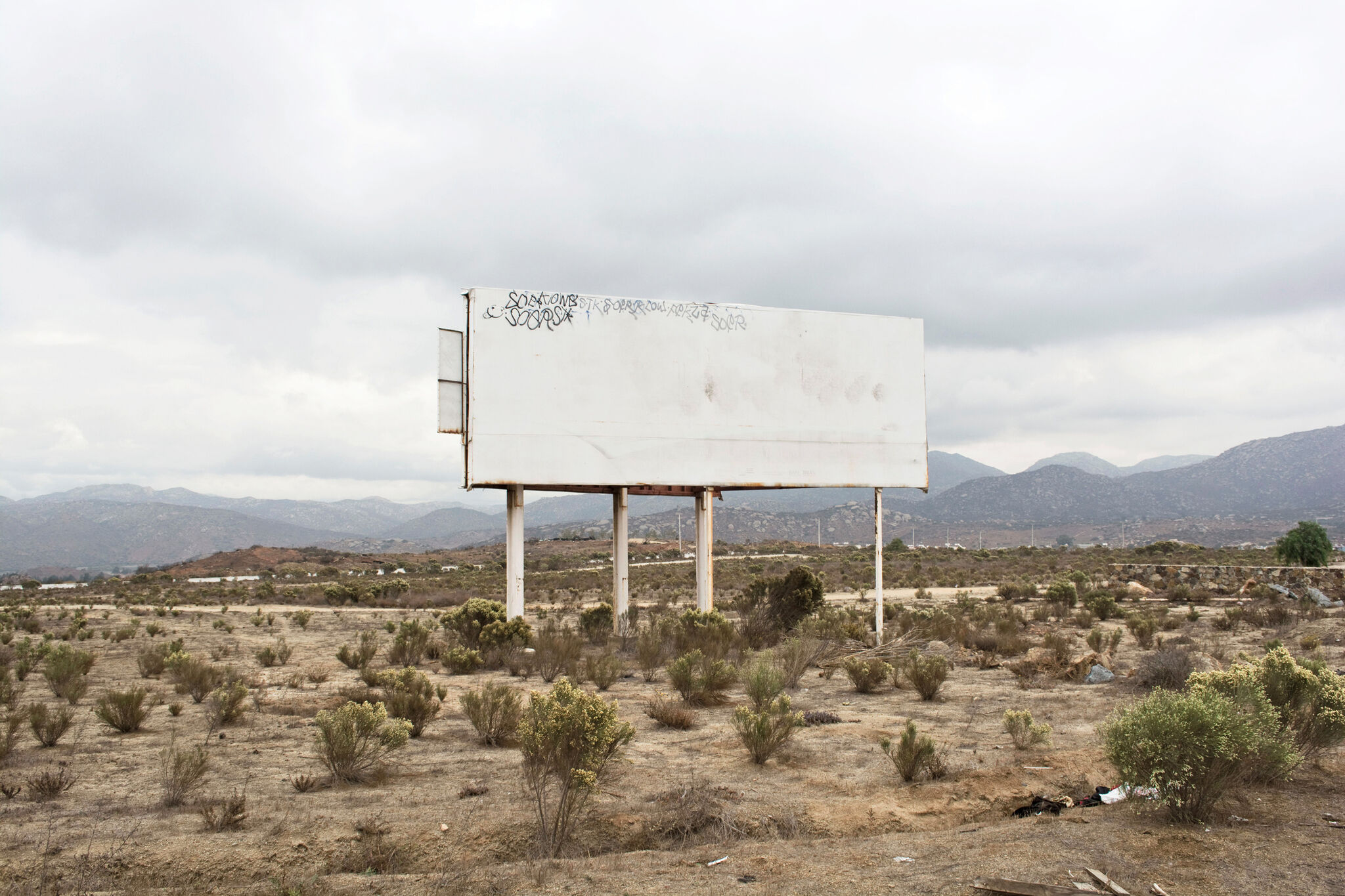Whitney Biennial 2022: Quiet as It’s Kept | Art & Artists
Apr 6–Oct 16, 2022
Whitney Biennial 2022: Quiet as It’s Kept | Art & Artists
Mónica Arreola
3
Floor 5
Born 1976 in Tijuana, Mexico
Lives in Tijuana, Mexico
The series Valle San Pedro, named for a district in Mónica Arreola’s hometown of Tijuana, responds to the 2008 global recession and its impact on the city. Arreola, who trained as an architect and developed a database on Tijuana housing during a period of government work, began photographing these developments after they were abandoned mid-construction—ruins in the making. She would only photograph on overcast days in order to avoid romanticizing the sites. Her direct style emphasizes form and building typology, creating an archive of the effects of the United States’ housing market crash and financial collapse on Tijuana, which shares a border with California. “These are places that are very silent,” she has explained, “but at the same time violent.”
“The landscape of Tijuana,” Arreola has explained, “is always changing and changing quickly. These photographs are documents of a specific period, something that has passed, like the contents of a family photo album or a personal archive.”
Untitled, from Valle San Pedro, 2018
-
0:00
Mónica Arreola, Valle San Pedro
0:00
Narrator: Mónica Arreola’s series “Valle San Pedro” captures a group of Tijuana housing projects. They were constructed, yet left unfinished, when the 2008 economic recession hit.
Mónica Arreola: Mi nombre es Mónica Arreola…
Narrator: In my work, I always try to speak very particularly about the city of Tijuana, about how the city is being built or how it’s being deconstructed.
I found a place, a subdivision called Valle San Pedro. Valle San Pedro is located in the southeast area of the city of Tijuana, between Tijuana and Tecate. During Felipe Calderon’s six-year term, part of his agenda was to develop sustainable subdivisions. But in 2008–due to the recession in the United States, Mexico was also hit. And in 2011, everything that had to do with housing in the country, and also obviously in Tijuana, collapsed. Valle de San Pedro is a subdivision that is semi-abandoned, and with my images I want to trigger a series of critical dialogues about failed architecture, or these silent or violent imaginaries that are generated in these abandoned areas.
I start with the landscape in the sense that I have to coordinate with everything around it to be able to create a photograph. It’s like this dance between the landscape and me and photography. When I take the photos, I have very little time. I’m always accompanied by my sister. She stays in the car, and the car is on. And another person, who is always usually a man, watches my back. While I’m photographing, he makes sure no one approaches me. So yes, it’s about taking the photos quickly–get in the car and move. So that’s like another conditioning factor that dictates my photographs a lot. And the skies are cloudy. I looked for the characteristic of cloudy skies, because it allowed me to generate greater intensity in the image, and also a greater volume in the image.

